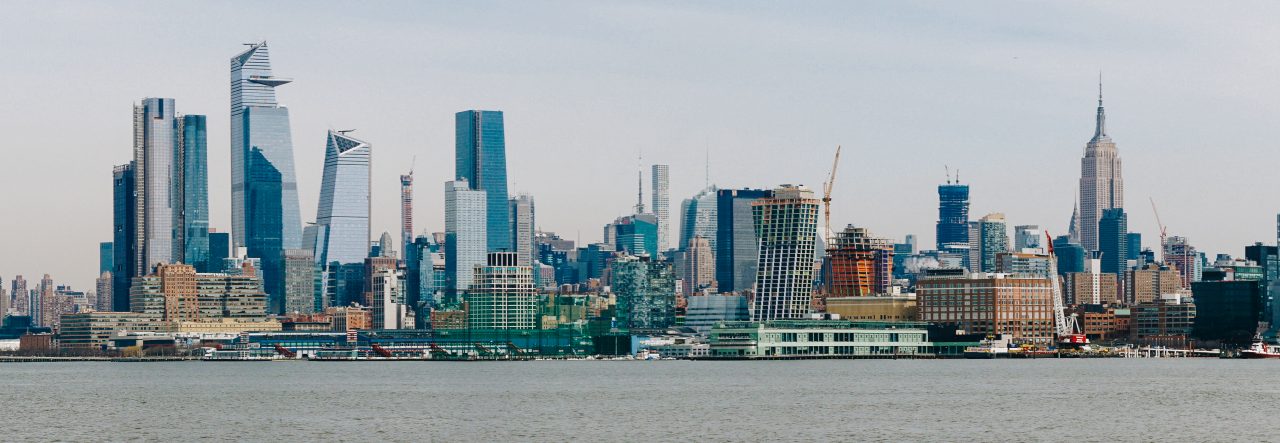Originally published by Reach the World, October 30, 2015

How far did I travel this week?:This week, I traveled to a city called Gyeongju. Gyeongju is an hour and a half north of Gimhae, and it is in southeastern Korea.
How far have I traveled on this journey so far?:So far, I have traveled to Seoul, Busan, Gimhae, Jinju, Sokcho, Miryang, Goesan, and Gyeongju. The farthest cities were Sokcho, which is a beach town in the northeast, and Seoul, which is the capital city in the northwest.
How did I get around this week?:This week, I traveled around Gimhae with taxis, buses, subways and walking. In Gyeongju, I took a bus tour to see the highlights of the city.
What was the most interesting place I visited this week?:The most interesting place I visited this week was Bulguksa Temple, which is located in Gyeongju. Bulguksa Temple showcases ancient Korean architecture, including pagodas and Buddhist centers of worship. Bulguksa Temple is considered one of the national treasures of Korea.
Other Travel News from this week:While in Gyeongju, I also saw ancient burial mounds belonging to Korean noblemen and kings. Inside the burial mound, I saw many artifacts, as well as a nobleman’s resting place. Old Korean dynasties used these mounds the same way that ancient Egyptians used pyramids.
How was the weather this week?:Compared to the hot and humid summer weather, the fall weather has been mild and pleasant. Most days are sunny, but there have also been several cloudy days this week. It is usually cold at night and in the morning when I go to school, but it is warm in the afternoon. Now I wear long pants and long-sleeved shirts rather than dresses. I also have to wear a jacket every day.
What animals did I see this week? :This week, I walked through an open air market and I saw a woman selling pet birds. She had finches, parakeets and a cockatiel. The birds reminded me of my parakeet back in New York!
What was the coolest thing I saw in nature this week?:Autumn is fully underway in Korea, so I saw many changing trees with red and orange leaves. When I traveled to Gyeongju, a city about an hour and a half north of Gimhae, I saw Buddhist temples nestled in the top of a mountain and surrounded by colorful trees. I can’t wait to see Korean nature in winter and spring, too!
Other Nature News from this week:Last weekend, I visited an old Korean palace in Gyeongju. The palace is known for a manmade body of water called Anapji Pond. It was interesting to see how this pond, which is over 1500 years old, still looks so beautiful and looks as if it were made by nature rather than by man.
What was the best meal this week?:My favorite meal this week was kimbap, which is a traditional Korean food. In Korean, “kim” means seaweed and “bap” means rice. Kimbap has vegetables, rice, and meat, all rolled in seaweed. It looks like a long, shiny green cylinder. Koreans eat kimbap like Americans eat sandwiches: it’s delicious, inexpensive, and easy to pack for lunch.
What music did I listen to this week?:This week, I went with my students to a gayageum concert. A gayageum is a traditional Korean instrument with twelve strings. The gayageum is so large, the musicians sit on the ground and lay the instrument across their laps in order to play it. The musicians pluck and strum the strings to make music.
The gayageum sounds a little like a harp.
What activity was the most fun this week?:The most fun activity this week was taking a tour of the city of Gyeongju. I saw palaces, temples and a museum with old artifacts from ancient Korean kingdoms. I love learning more about the history of Korea!
What did I read this week?:This week, I read brochures and historical information about the places I visited in Gyeongju. Most of the sites I saw were over 1000 years old!
What games or sports did I play this week?:In Gyeongju, I met some of my American friends and we went to a trivia night. We answered questions about Korean culture, popular music and language. It was so much fun to see how much we learned over the last few months!
Other news from this week:This week, I started teaching an English class for refugees. Refugees are people who flee their home country due to persecution, political unrest, or poor economic conditions. Unlike in my high school, my refugee students are all adults. They are so eager to learn, and I love volunteering to teach them English!
